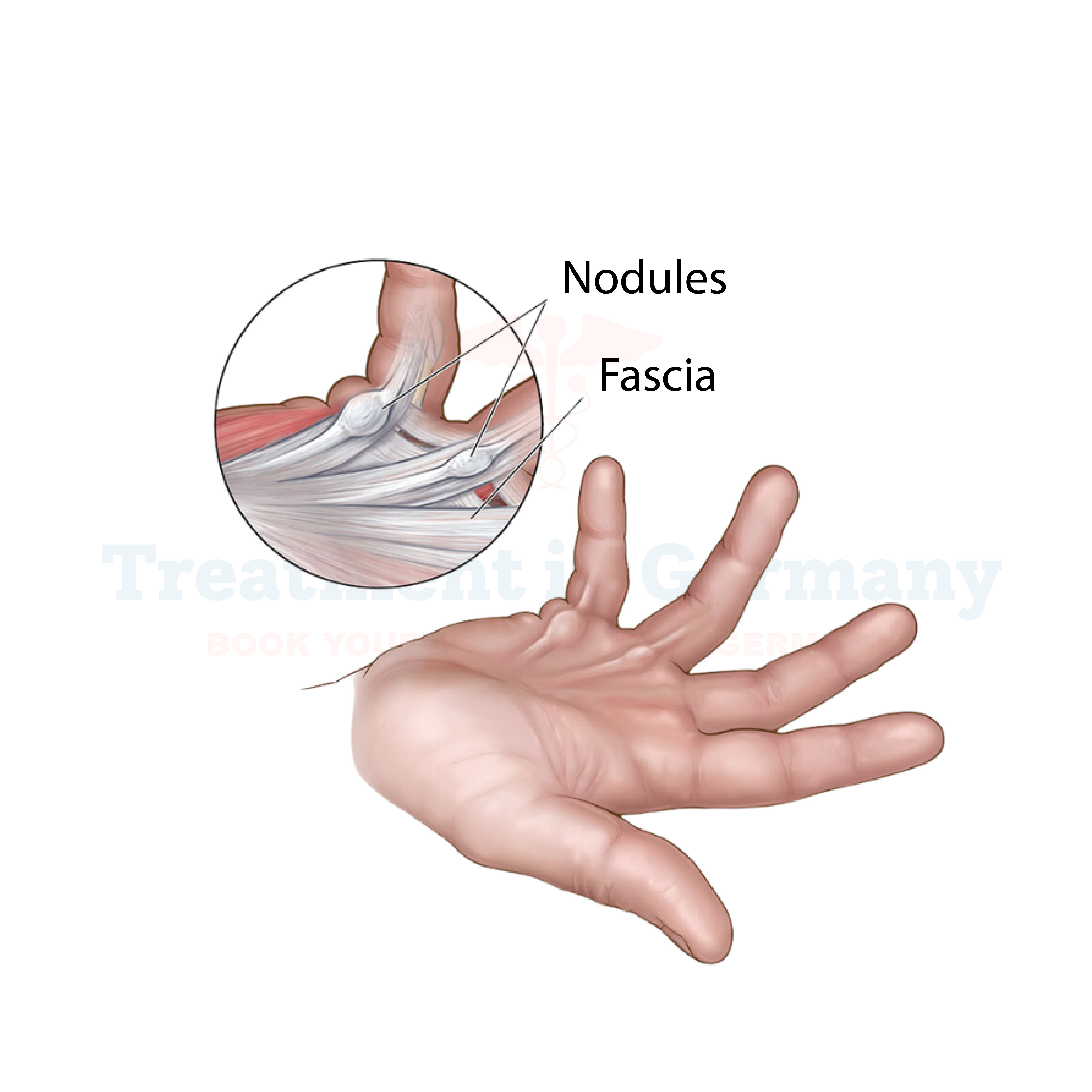Dupuytren's Contracture Treatment in Germany
Dupuytren's Contracture is a progressive hand condition that affects the connective tissue beneath the skin of the palm and fingers, leading to thickened and tightened tissues. Over time, this condition can cause one or more fingers to become permanently bent in a flexed position, making it difficult to perform daily activities. Though the exact cause is unknown, genetic factors and environmental triggers play a significant role. Germany is renowned for its cutting-edge medical research and advanced treatment options, including innovative therapies and surgical procedures, making it a top destination for patients seeking effective care.
Causes and Risk Factors
While the precise cause of Dupuytren's Contracture remains uncertain, several factors contribute to its development:
- Genetics: A strong hereditary link, especially in people of Northern European descent.
- Age and Gender: Most common in men over 50.
- Diabetes and Autoimmune Diseases: Higher prevalence in individuals with metabolic disorders.
- Alcohol and Tobacco Use: Associated with an increased risk.
- Injury and Repetitive Hand Strain: May accelerate the condition’s progression.
- Obesity and High BMI: Contributes to overall tissue inflammation and fibrosis
Symptoms of Dupuytren’s Contracture
The progression of the disease varies from mild to severe cases, with the following symptoms:
- Thickening of the Palmar Fascia: Nodules or lumps develop under the skin of the palm.
- Loss of Hand Dexterity: Difficulty in extending fingers or laying the hand flat.
- Tightening of the Skin: Affected areas feel stiff and tight over time.
- Curving of Fingers: Typically affects the ring and little fingers.
- Pain and Discomfort: While not always painful, some patients experience irritation or aching.
Diagnosis & Diagnostic Tools
In Germany, leading hospitals and orthopedic specialists use advanced techniques to diagnose Dupuytren’s Contracture, such as:
- Physical Examination: Identifying nodules and finger contracture.
- Tabletop Test: Checking for the ability to lay the hand flat on a surface.
- Ultrasound & MRI: To assess the extent of tissue thickening.
- Blood Tests: To rule out autoimmune or metabolic disorders.
Treatment of Dupuytren’s Contracture in Germany
Germany is at the forefront of orthopedic care, offering comprehensive treatment solutions ranging from non-invasive therapies to advanced surgical interventions.
Non-Surgical Treatments
- Collagenase Injections (Xiaflex): A minimally invasive option that helps break down the thickened tissue.
- Needle Aponeurotomy (NA): A technique where needles are used to weaken and break the cords causing contracture.
- Physical Therapy: Hand stretching and strengthening exercises to slow progression.
- Pain Management: NSAIDs and corticosteroid injections to reduce inflammation.
- Shockwave Therapy: Stimulates tissue repair and slows disease advancement.
Surgical Treatments
For advanced cases, German hospitals provide state-of-the-art surgical interventions:
- Fasciectomy: Removal of affected tissue to restore finger mobility.
- Dermofasciectomy: Combines skin grafting with fasciectomy to prevent recurrence.
- Minimally Invasive Surgery: Uses laser and arthroscopic techniques for faster recovery.
Innovative Therapies in Germany
Germany is pioneering research in regenerative medicine and novel treatment approaches, including:
- Stem Cell Therapy: Regenerates damaged connective tissues.
- Platelet-Rich Plasma (PRP) Therapy: Uses concentrated growth factors to promote healing.
- Dendritic Cell Therapy: A potential immune-modulating approach for Dupuytren’s.
- Gene Therapy Research: Investigating ways to modify genetic predispositions to the disease.
Why Choose Germany for Dupuytren’s Contracture Treatment?
Germany remains a global leader in orthopedic and hand surgery due to:
- Highly Skilled Specialists: World-renowned hand surgeons and orthopedic experts.
- State-of-the-Art Hospitals: Cutting-edge facilities with modern surgical techniques.
- Comprehensive Rehabilitation Programs: Ensuring optimal recovery and prevention of recurrence.
- Personalized Treatment Plans: Tailored approaches for each patient’s condition.
- Affordable & Accessible Medical Care: High-quality treatment options for both local and international patients.
Solutions & Prevention
While there is no guaranteed way to prevent Dupuytren’s Contracture, certain measures can help minimize risk:
- Hand Exercises: Stretching and mobility exercises can help maintain flexibility.
- Reducing Alcohol & Tobacco Consumption: Decreasing risk factors associated with disease progression.
- Managing Chronic Conditions: Keeping diabetes and autoimmune diseases under control
- Maintaining a Healthy BMI: Lowering inflammation and stress on connective tissues.
- Early Intervention: Seeking treatment at the first signs of symptoms.
Conclusion
Dupuytren's Contracture can significantly impact hand function and daily activities, but with early diagnosis and advanced treatment options available in Germany, patients can achieve improved mobility and quality of life. German medical institutions provide world-class expertise in surgical and non-surgical treatments, innovative regenerative therapies, and comprehensive rehabilitation programs. Whether through collagenase injections, needle aponeurotomy, or advanced surgical interventions, Germany remains at the forefront of hand surgery and orthopedic innovation. By adopting preventive measures and seeking expert care early, patients can effectively manage and reduce the impact of Dupuytren's Contracture.
👉 Contact us for further information and receive a complimentary consultation.

.webp)
.webp)
 (1).webp)
 (1).webp)

.webp)
.webp)
 (1).webp)
 (1).webp)
